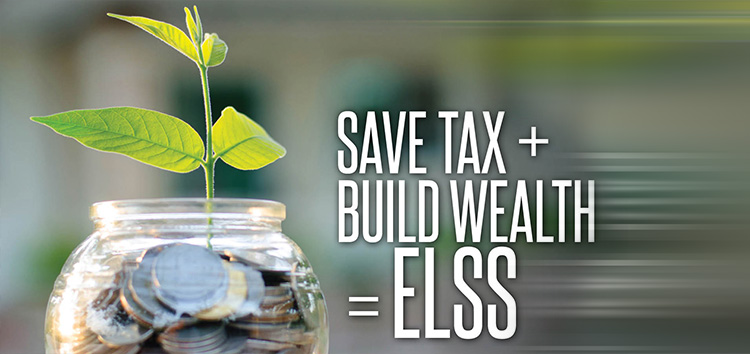
Tax planning is a crucial part of financial management. Among various options, equity-linked savings scheme (ELSS) has been a popular choice for years. But in 2025, does ELSS still hold its edge over other tax-saving investments? Let’s find out.
What makes ELSS funds stand out?
ELSS funds offer a unique blend of tax savings and wealth creation, making them a preferred choice for investors looking for high returns with a shorter lock-in period. Here’s how ELSS stands out-
- Tax benefits
ELSS investments offer a tax deduction of up to ₹1.5 lakh under Section 80C. This means that if an individual invests ₹1.5 lakh in an ELSS fund, their taxable income reduces by the same amount, leading to lower tax liability.
- Shortest lock-in period
One of the biggest advantages of ELSS funds is the shortest lock-in period of three years among all tax-saving investment options under Section 80C.
For comparison:
- Public provident fund (PPF) – 15 years
- National savings certificate (NSC) – 5 years
- Tax-Saving fixed deposit (FD) – 5 years
- Employees’ provident fund (EPF) – Lock-in until retirement
The shorter lock-in period allows investors to redeem their investment faster and reinvest in newer opportunities, making it a flexible tax-saving option.
- High returns potential
Unlike traditional tax-saving investments like PPF and NSC, which offer fixed returns, ELSS funds invest in equities, which historically provide higher returns in the long run.
However, since returns are market-linked, they can fluctuate. Still, for those with a long-term investment horizon, ELSS remains one of the best wealth-building tax-saving tools.
- Market-linked growth
Since ELSS funds primarily invest in equity markets, they have the potential to generate inflation-beating returns. Traditional tax-saving investments like PPF or NSC offer fixed returns, which may not always outpace inflation.
For example, if inflation averages 6% per year, a tax-saving FD offering 7% returns barely generates real growth after inflation. However, ELSS, with an average return potential of 12% or more, provides higher real returns over time.
ELSS funds also offer diversification, as they invest in multiple sectors, reducing risks associated with investing in a single asset class.
- SIP investment option
Unlike PPF, NSC, or tax-saving FDs, where lump sum investments are common, ELSS funds offer the systematic investment plan (SIP) option. This allows investors to:
- Invest a fixed amount monthly instead of a lump sum.
- Reduce the impact of market volatility through rupee cost averaging.
- Start investing with as little as ₹500 per month, making it affordable even for beginners and salaried individuals.
Should you invest in ELSS in 2025?
Deciding whether to invest in ELSS in 2025 depends on your financial goals, risk appetite, and preference for tax-saving options.
- If higher returns and tax savings are priorities, ELSS remains a strong contender.
- If capital protection is more important, alternatives like PPF or tax-saving FDs may be better.
- If you are comfortable with market risks, ELSS funds can be a great long-term wealth-building option.
Ending note
ELSS continues to be one of the best tax-saving options in 2025, especially for investors willing to take market risks for higher returns. Its short lock-in, tax benefits, and growth potential make it attractive. However, market fluctuations must be considered.
